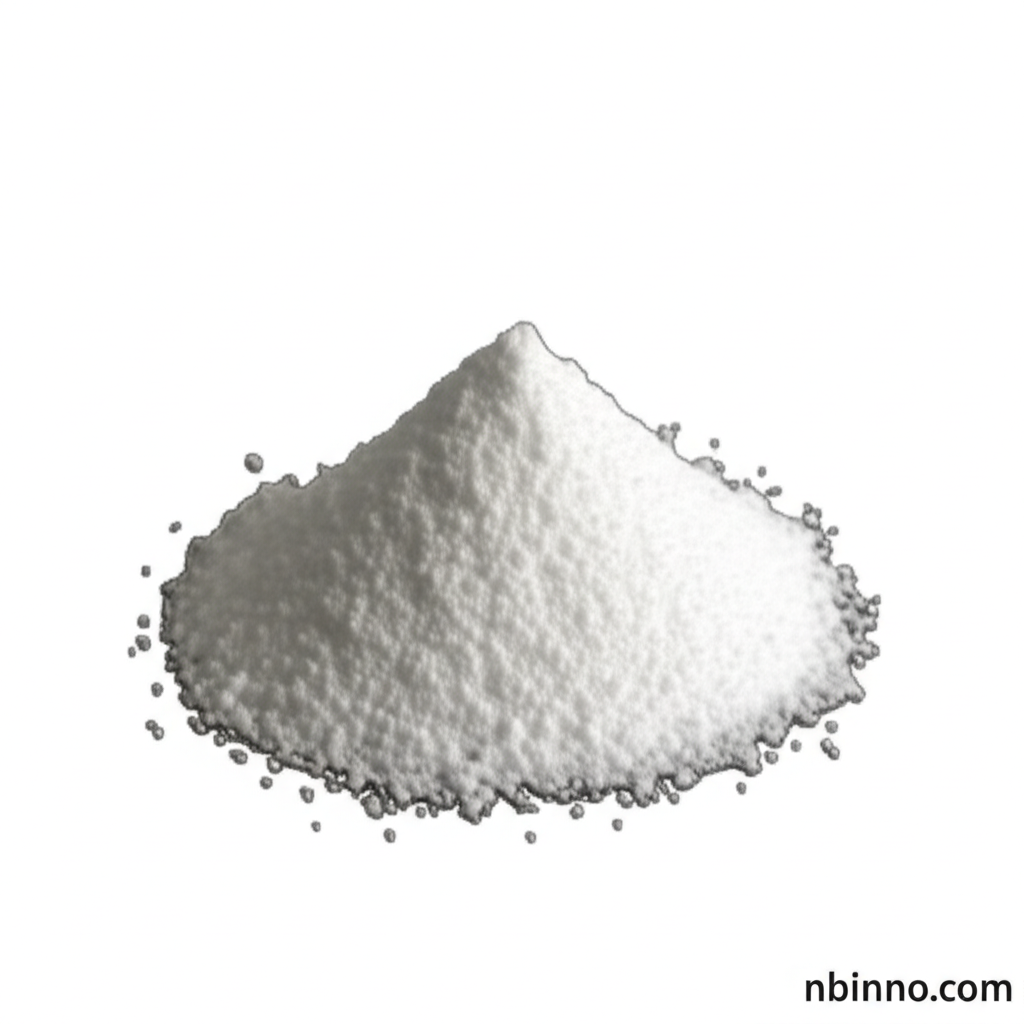(S)-(+)-3-Quinuclidinol: A Key Intermediate for Solifenacin Hydrochloride Synthesis and Advanced Chemical Applications
Discover the critical role of (S)-(+)-3-Quinuclidinol in pharmaceutical synthesis and its broader applications in medicinal chemistry.
Get a Quote & SampleProduct Core Value

(S)-(+)-3-Quinuclidinol
This chiral compound, known as (S)-(+)-3-Quinuclidinol, is a fundamental building block in the pharmaceutical industry. Its primary application lies in the synthesis of Solifenacin Hydrochloride, a vital medication used to treat overactive bladder conditions by acting as a muscarinic M3 receptor antagonist.
- The synthesis of Solifenacin Hydrochloride relies heavily on the precise stereochemistry of (S)-(+)-3-Quinuclidinol, making it indispensable for drug development.
- Its utility extends to the synthesis of other novel anticholinergenic drugs, such as penehyclidine hydrochloride, showcasing its versatility in medicinal chemistry.
- Researchers actively explore its derivatives for potential pharmacological properties, leveraging its unique structure and stereochemistry.
- As a key pharmaceutical intermediate, it enables the creation of advanced therapies for various medical conditions.
Advantages Provided by the Product
High Purity and Chirality
Ensuring the high purity and chiral integrity of (S)-(+)-3-Quinuclidinol is paramount for successful asymmetric synthesis, leading to more effective and safer pharmaceutical products.
Versatile Chemical Intermediate
Its role as an intermediate goes beyond Solifenacin, making it a valuable component in the broader field of organic synthesis and the development of new chemical entities.
Enabling Advanced Therapies
By facilitating the synthesis of critical pharmaceuticals like Solifenacin, this compound directly contributes to the development of advanced therapies for conditions such as urinary incontinence.
Key Applications
Pharmaceutical Synthesis
Crucial for the production of Solifenacin Hydrochloride, a treatment for overactive bladder, highlighting its role in the pharmaceutical intermediate synthesis.
Medicinal Chemistry Research
Used by researchers to develop and test new drug candidates, exploring potential pharmacological properties of its derivatives in medicinal chemistry research.
Anticholinergic Drug Development
Serves as an intermediate in the creation of new anticholinergic drugs, contributing to the advancement of treatments for various medical conditions.
Asymmetric Synthesis
Its specific chiral nature makes it invaluable for precise chiral compound synthesis, ensuring stereochemical accuracy in complex molecular structures.
